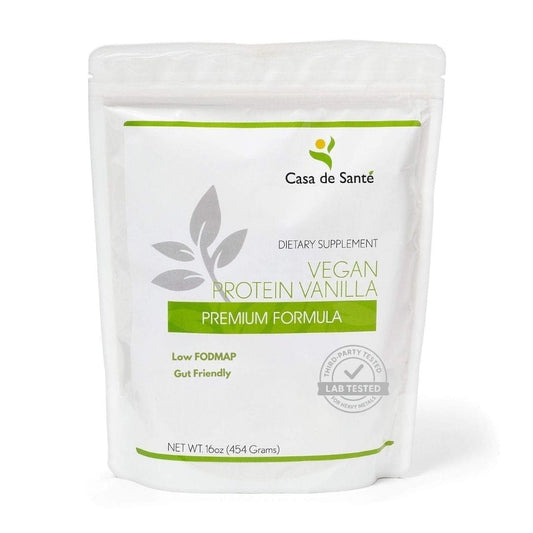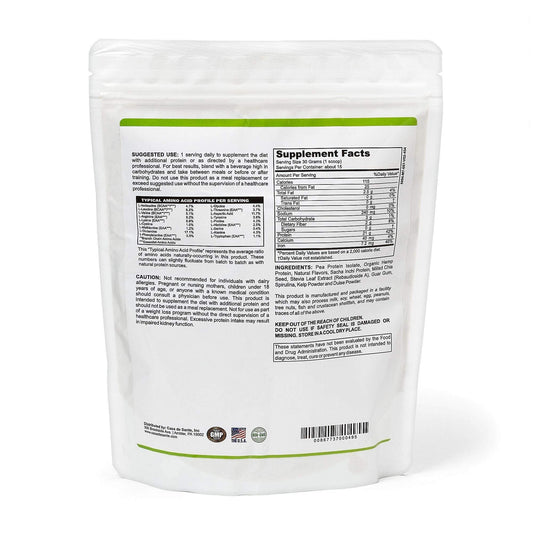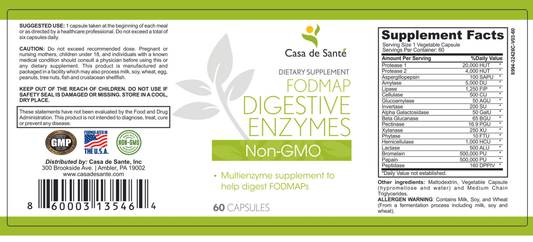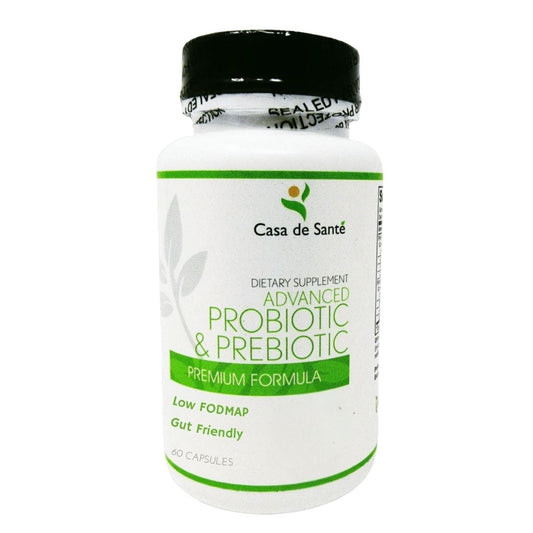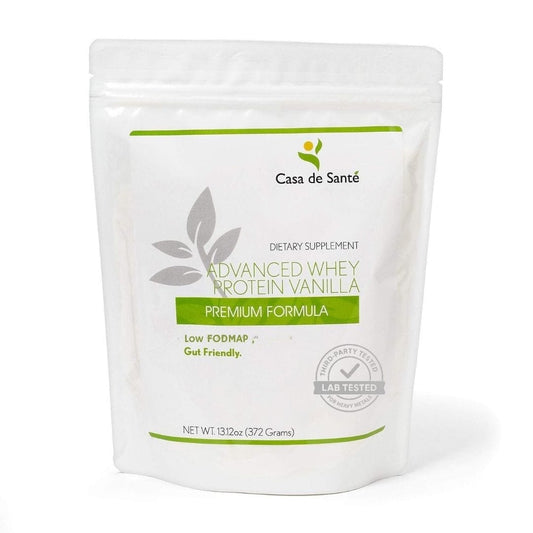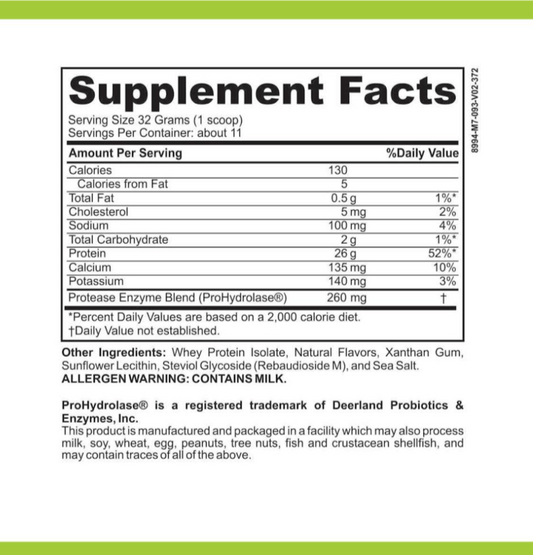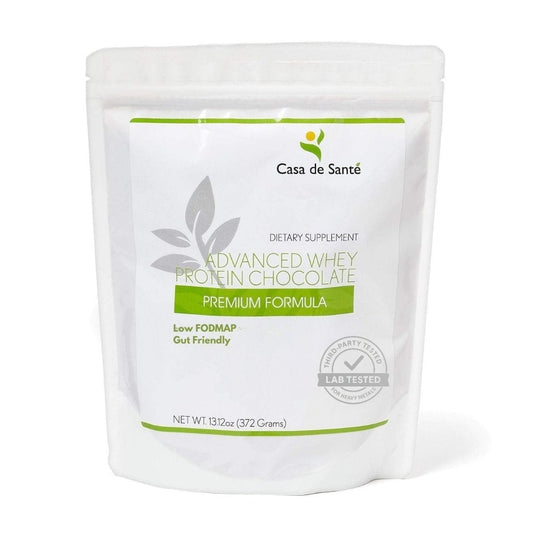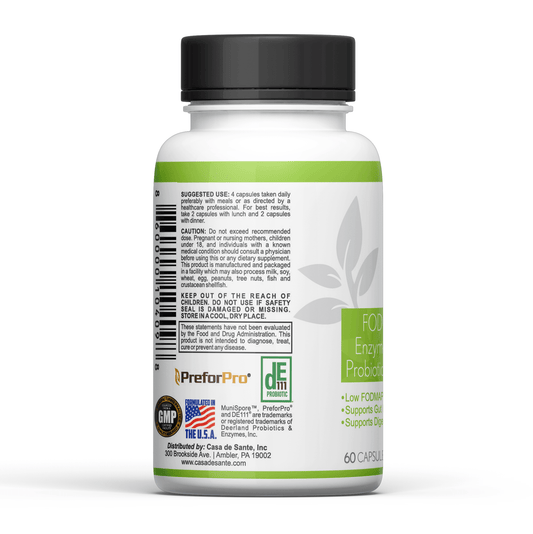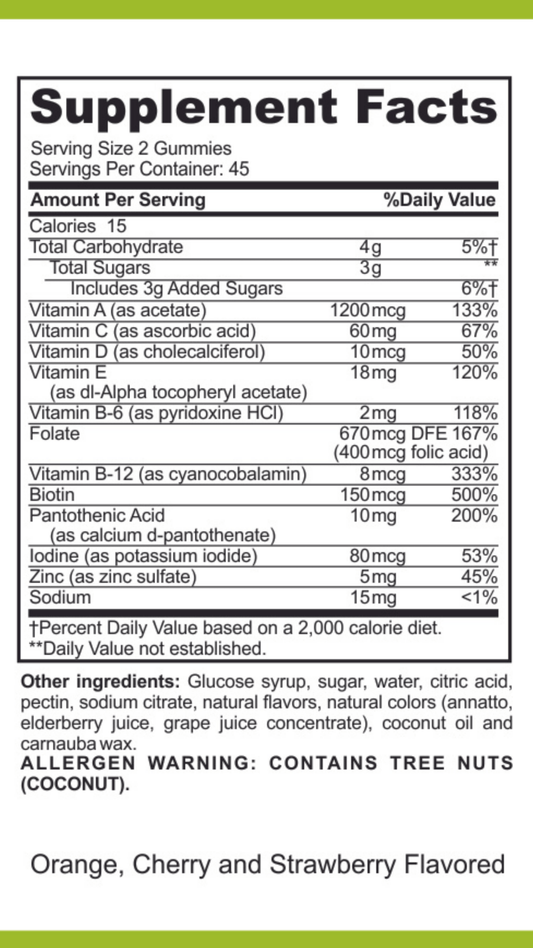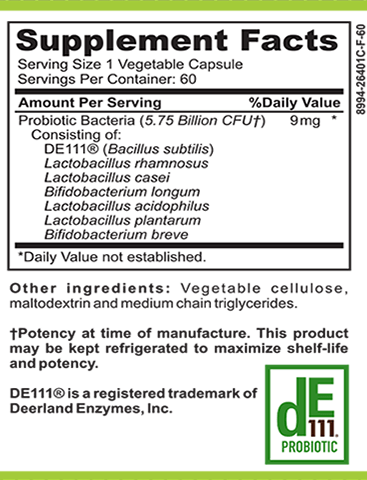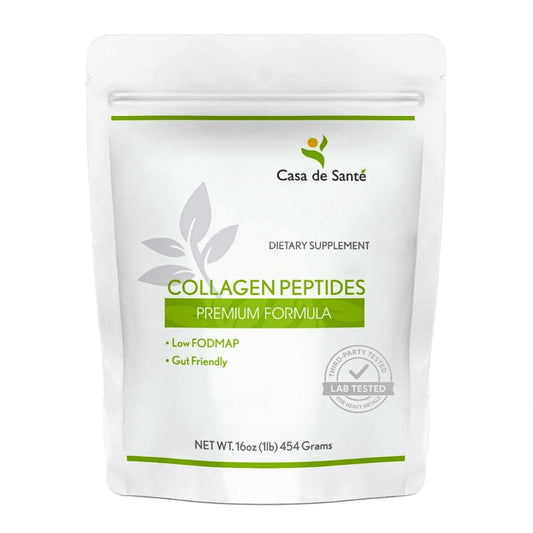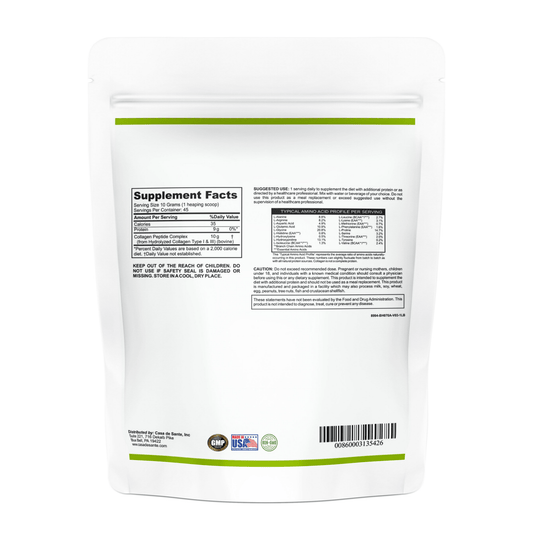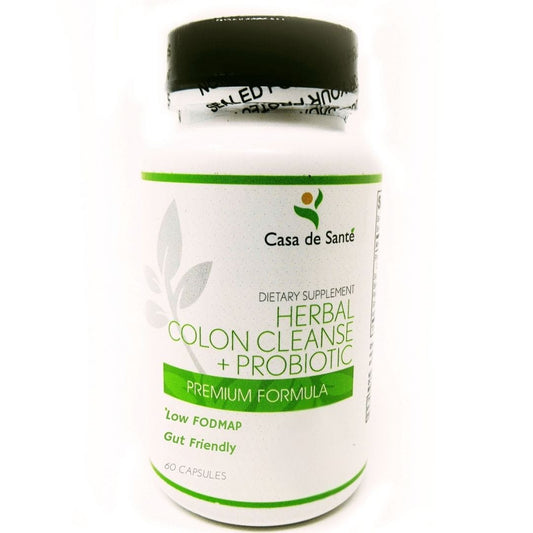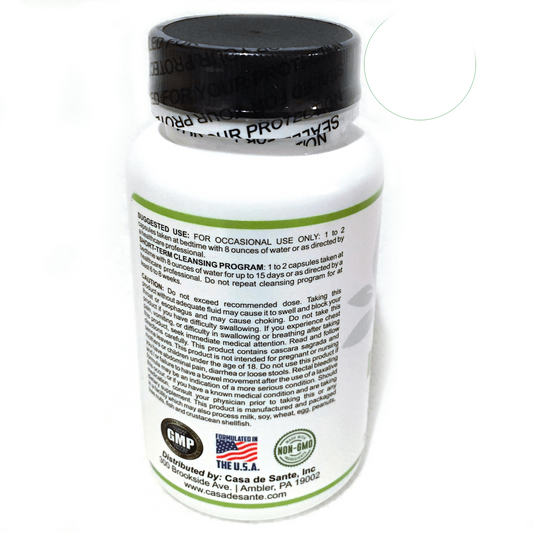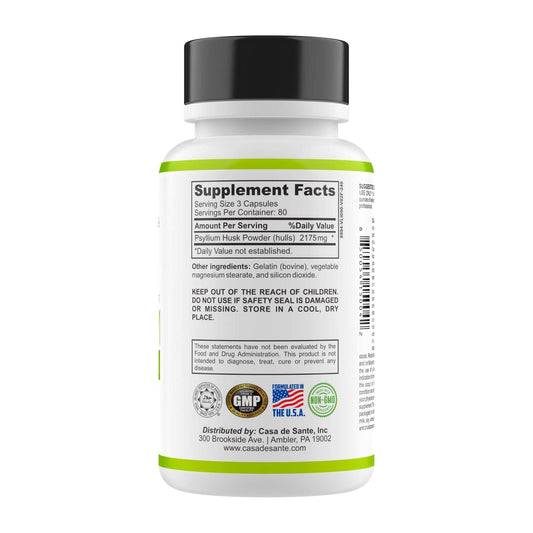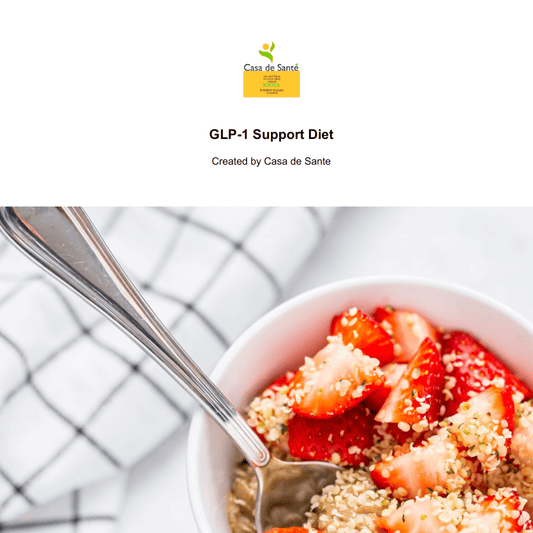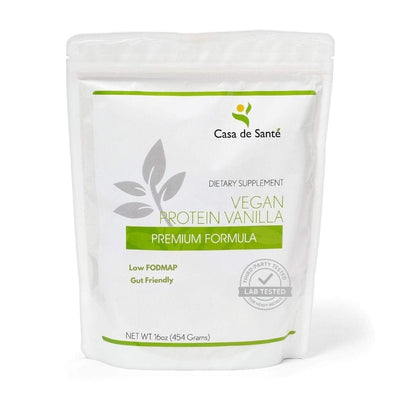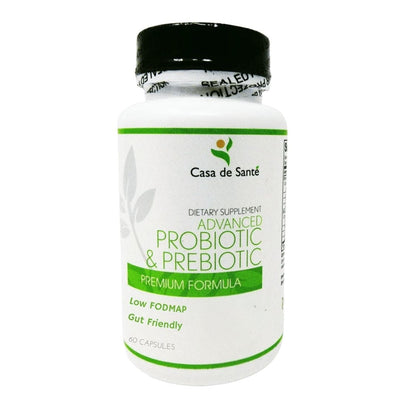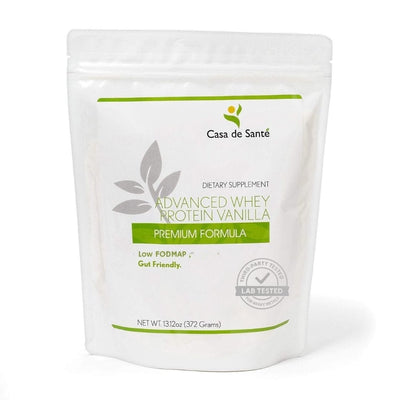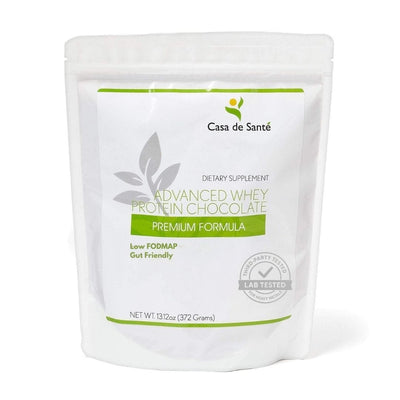Why Certain Foods Make Me Gag: Understanding and Coping with Food Aversions
Why Certain Foods Make Me Gag: Understanding and Coping with Food Aversions
We've all been there – sitting at the dinner table, staring down at a particular food that makes our stomach turn. Maybe it's the slimy texture of oysters, the pungent smell of blue cheese, or the bitter taste of Brussels sprouts. For some people, these aversions are mild preferences, but for others, they can trigger a genuine gag reflex and intense feelings of disgust. If you've ever wondered why certain foods make you gag while others around you happily devour them, you're not alone. This article explores the fascinating science behind food aversions, their potential causes, and practical strategies for coping with them.
The Science Behind Food Aversions
Food aversions are more complex than simple dislikes. They involve powerful physiological and psychological responses that can trigger anything from mild discomfort to intense nausea and gagging. Understanding the science behind these reactions can help demystify why our bodies respond so strongly to certain foods.
Evolutionary Protective Mechanisms
From an evolutionary perspective, our gag reflex developed as a protective mechanism to prevent us from consuming potentially harmful substances. This instinctive response helped our ancestors avoid poisonous plants and spoiled foods that could cause illness or death. When we encounter foods with unfamiliar or potentially threatening characteristics – unusual textures, bitter tastes, or strong smells – our bodies might interpret these as warning signs and trigger protective responses like gagging.
This explains why many common food aversions center around foods with strong sensory characteristics: the sliminess of raw oysters, the pungent aroma of certain cheeses, or the bitter compounds in vegetables like Brussels sprouts and kale. These sensory properties might have signaled danger to our ancestors, and those instincts remain hardwired in our modern brains.
Sensory Processing and Texture Sensitivity
For many people, texture is the primary trigger for food aversions. The way our brains process sensory information plays a crucial role in how we experience food. Some individuals have heightened sensitivity to certain textures – what scientists call "tactile defensiveness" – making them more prone to gagging when encountering foods with particular mouthfeels.
Common texture aversions include slimy foods (like okra or oysters), foods with mixed textures (like chunky soups or yogurt with fruit pieces), or foods with unexpected textures (like the pop of tapioca pearls or the grittiness of pears). These texture sensitivities can be especially pronounced in people with sensory processing differences, including those on the autism spectrum or with sensory processing disorder.
Conditioned Taste Aversions
Sometimes food aversions develop through a psychological phenomenon called "conditioned taste aversion." This occurs when we associate a particular food with a negative experience, such as nausea, vomiting, or illness. What makes this type of learning unique is that it can happen after just one exposure and can persist for years or even a lifetime.
For example, if you ate strawberries and then came down with a stomach virus hours later, your brain might incorrectly associate the strawberries with the illness, leading to a powerful aversion to strawberries – even though they weren't actually the cause of your sickness. This type of learning is so powerful that it can override rational knowledge that the food wasn't responsible for the illness.
Common Causes of Food Aversions
Food aversions can develop for numerous reasons beyond our evolutionary programming. Understanding the potential origins of your specific food aversions might help you address them more effectively.
Childhood Experiences
Many food aversions take root in childhood. Children are naturally more sensitive to bitter tastes (a protective mechanism to avoid potential toxins) and may be more reactive to unfamiliar textures. Negative experiences with food during childhood – being forced to eat something, choking incidents, or witnessing someone else's disgust – can create lasting aversions that persist into adulthood.
The context of eating also matters. If mealtimes were stressful, involved conflict, or were associated with punishment, these negative emotions can become linked with specific foods. This explains why some people have aversions to foods that were frequent sources of mealtime battles – often vegetables or other "healthy" foods that parents insisted children eat.
Digestive Issues and Food Intolerances
Sometimes our bodies are trying to tell us something important through food aversions. Gastrointestinal discomfort, bloating, or other symptoms that follow eating certain foods can lead to the development of aversions as the body tries to protect itself from future discomfort. This is particularly common with food intolerances like lactose intolerance or non-celiac gluten sensitivity.
For those with digestive disorders like IBS or IBD, certain foods can trigger uncomfortable symptoms. Over time, the brain may develop protective aversions to these trigger foods. This is where specialized nutrition approaches can be helpful. Many people find relief using low FODMAP diets and products like Casa de Sante's certified low FODMAP protein powders and digestive enzymes, which are specifically formulated to be gentle on sensitive digestive systems while still providing essential nutrients.
Genetic Factors
Believe it or not, some food aversions may be influenced by your genetic makeup. The classic example is cilantro, which tastes like soap to approximately 4-14% of the population due to a specific genetic variation that affects how they perceive certain aldehydes in the herb. Similar genetic variations affect how we perceive bitter compounds in vegetables, the intensity of spicy foods, and even the sweetness of certain fruits.
These genetic differences help explain why family members might have wildly different reactions to the same food – it's not just "being picky"; you might literally be tasting something different than the person sitting next to you at the dinner table.
Coping Strategies for Food Aversions
Living with strong food aversions can be challenging, especially in social situations or when trying to maintain a balanced diet. Fortunately, there are several approaches that can help manage these reactions and potentially expand your food repertoire.
Gradual Exposure and Food Chaining
One effective approach for overcoming food aversions is gradual exposure, sometimes called "food chaining." This involves slowly introducing similar foods that share characteristics with foods you already enjoy. For example, if you like crunchy apples but struggle with softer fruits, you might try firmer pears as an intermediate step before attempting softer fruits.
The key is to take small steps and celebrate progress. Try preparing the challenging food in different ways – roasting vegetables instead of steaming them can dramatically change their texture and flavor, potentially making them more palatable. Combining small amounts of challenging foods with familiar favorites can also help create positive associations.
Nutritional Alternatives and Supplements
If your food aversions limit your intake of important nutrients, finding alternative sources is crucial. For example, if you can't tolerate leafy greens, you might get similar nutrients from broccoli, bell peppers, or fortified foods. For those with multiple food sensitivities, high-quality supplements can help fill nutritional gaps.
Many people with digestive issues and food aversions find success with specialized products designed for sensitive systems. Casa de Sante offers gut-friendly protein powders, probiotics, and prebiotics that provide essential nutrients without triggering digestive discomfort. Their personalized meal plans can also help you navigate food aversions while ensuring nutritional adequacy – particularly valuable if you're following a restricted diet like low FODMAP.
Professional Support
For severe food aversions that significantly impact quality of life or nutritional status, professional help may be beneficial. Registered dietitians can help create balanced meal plans that work around your aversions while ensuring nutritional adequacy. Occupational therapists, particularly those specializing in sensory processing issues, can provide strategies for managing texture sensitivities.
In some cases, psychological approaches like cognitive-behavioral therapy or systematic desensitization may help address the anxiety or fear responses associated with certain foods. These therapeutic approaches can be particularly effective for food aversions stemming from traumatic experiences or those accompanied by significant anxiety.
Embracing Your Food Preferences While Expanding Horizons
While working to overcome limiting food aversions can be valuable, it's also important to practice self-acceptance. Food preferences are a normal part of human diversity, and there's no moral obligation to enjoy every food.
Creating Aversion-Friendly Recipes
One practical approach is to adapt recipes to accommodate your specific aversions while still enjoying flavorful, nutritious meals. Here's a simple recipe that's both gut-friendly and adaptable for common texture aversions:
Smooth Blended Vegetable Soup
A creamy, comforting soup that hides challenging textures while delivering plenty of nutrition.
Ingredients:
- 2 tablespoons olive oil
- 1 cup carrots, chopped
- 1/2 cup parsnips, chopped
- 1 medium zucchini, chopped
- 1 tablespoon fresh ginger, minced
- 4 cups low FODMAP vegetable broth
- 1/2 cup canned coconut milk
- 1 teaspoon turmeric
- Salt and pepper to taste
- 1 scoop Casa de Sante vanilla protein powder (optional, for added protein)
Instructions:
- Heat olive oil in a large pot over medium heat.
- Add vegetables and ginger, sautéing until slightly softened (about 5 minutes).
- Pour in broth and bring to a simmer. Cook until vegetables are completely tender (about 15-20 minutes).
- Remove from heat and let cool slightly.
- Transfer to a blender and purée until completely smooth.
- Return to pot, add coconut milk and turmeric, and warm through.
- If using protein powder, let soup cool to just warm before stirring it in to prevent denaturing the protein.
- Season with salt and pepper to taste.
Prep Time: 10 minutes
Cook Time: 25 minutes
Yield: 4 servings
Cuisine: Low FODMAP
Finding Community and Understanding
Remember that you're not alone in experiencing food aversions. Finding supportive communities – whether online forums, social media groups, or in-person support groups – can provide validation and practical tips for navigating social situations and expanding your food repertoire at your own pace.
Be open with friends and family about your specific aversions, especially if they trigger strong physical reactions. Most people will be understanding once they realize your reactions aren't simply preferences but genuine physical responses. This communication can help reduce anxiety around social eating situations and prevent well-meaning but unhelpful pressure to "just try it."
Conclusion
Food aversions are complex phenomena involving intricate interactions between our evolutionary history, personal experiences, sensory processing, and potentially our genetic makeup. Understanding the origins of your specific aversions can help demystify these powerful reactions and reduce self-judgment.
Whether you choose to work on gradually expanding your food repertoire or focus on creating nutritionally complete meals within your comfort zone, remember that food preferences exist on a spectrum of normal human variation. With thoughtful strategies, supportive resources like Casa de Sante's specialized products, and perhaps professional guidance when needed, it's possible to maintain good nutrition and enjoy eating while respecting your body's unique responses to different foods.

